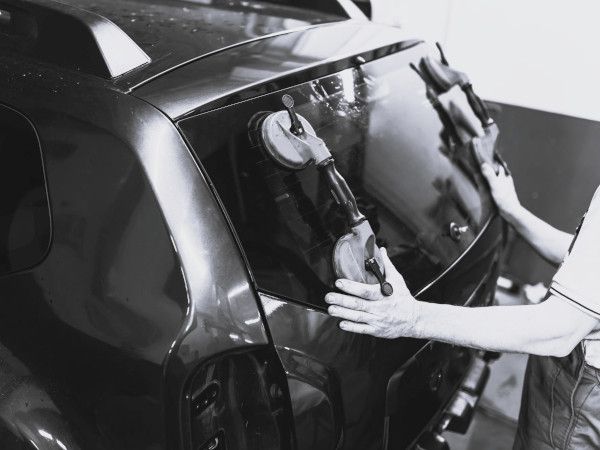
Date: 23 June 2025
This week, the Council of the EU adopted its General Approach on the End-of-Life Vehicles Regulation (ELVR), introducing key measures to support the recovery and recycling of automotive glass by demanding:
- The mandatory removal of at least 70% of the total glass from windscreens, side and rear windows, as well as rooftop glass installations.
- The removed glass should be recycled into glass.
Glass for Europe welcomes the recognition of automotive glass as a valuable material and the clear push to improve its recovery and recycling at the end of a vehicle’s life. These measures, if kept in the final ELVR text, would represent a step toward reducing the environmental footprint of glass production, and consequently, that of vehicle production.
Based on 2021 data on vehicle-related waste and its treatment, Glass for Europe evaluated that ensuring a minimum of 70% dismantling and recycling of all glass parts could help reduce up to 75,000 tonnes of CO₂ annually in the EU [1].
To ensure that the future ELVR can boost recycling activities across the glass value chain, it is now of prime importance that the EU Parliament also enshrine the mandatory removal and recycling of glass parts in its report.
Alignment among the Commission, Council, and Parliament on glass recycling is crucial to ensuring the final ELVR delivers tangible progress. ‘We urge MEPs to match or exceed the Council’s 70% recycling obligation for automotive glass,’ says Justin Loup, Technical Regulations and Product Policy Manager at Glass for Europe. ‘It would boost recycling rates, which are currently very low [below 10%], while offering the necessary flexibility to stakeholders in glass recycling.’
The vote in the European Parliament committees (ENVI and IMCO) is expected later this summer, and the vote in the Parliament plenary is currently planned in September. This will then be followed by interinstitutional negotiations (Trilogue) to agree on the final text.
For more information on this topic, you can check our position papers and joint statements:
- Joint statement on reuse and recycling from end-of-life vehicles
- Joint Statement on the Commission’s End-of-Life Vehicles Regulation Proposal
- Dismantling automotive glass is a mandatory step to increase the recycling of end-of-life vehicles
- A revised End-of-life Vehicles Directive that supports greater recycling of automotive glazing
[1] Calculation for 2021 based on Eurostat data and considering that glass represents, on average, 3% of vehicles’ weight. Using these numbers, we find that glass represented ~195,780 tonnes of the 6,526,000 tonnes of end-of-life vehicle waste in 2021. Considering that 12’482 tonnes of glass were retrieved from end-of-life vehicles in the EU in 2021, it can be concluded that ~6.4% of glass is currently retrieved and recycled. Increasing the recycling rate to a minimum of 70% would mean that 124,564 tonnes more could be recycled, resulting in a reduction of ~75,000 tonnes of CO2. (1 tonne of recycled glass can reduce emissions linked to the production and non-use of primary raw materials by 600 kgCO2).
 600450
600450





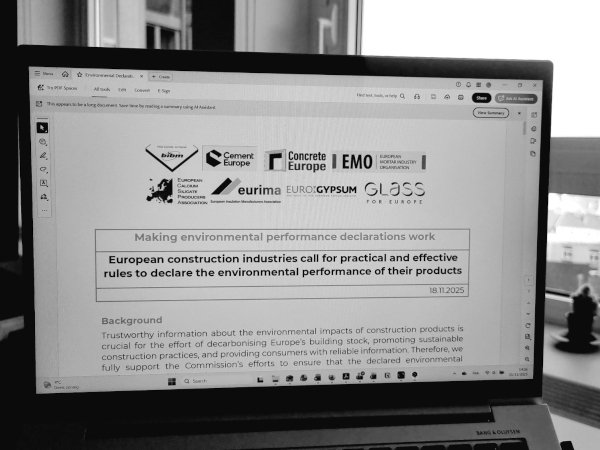





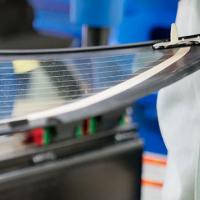
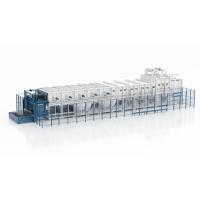

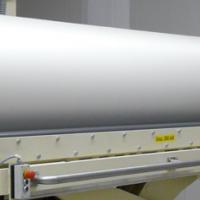

Add new comment